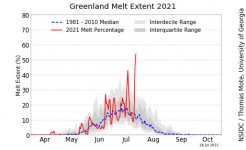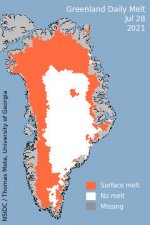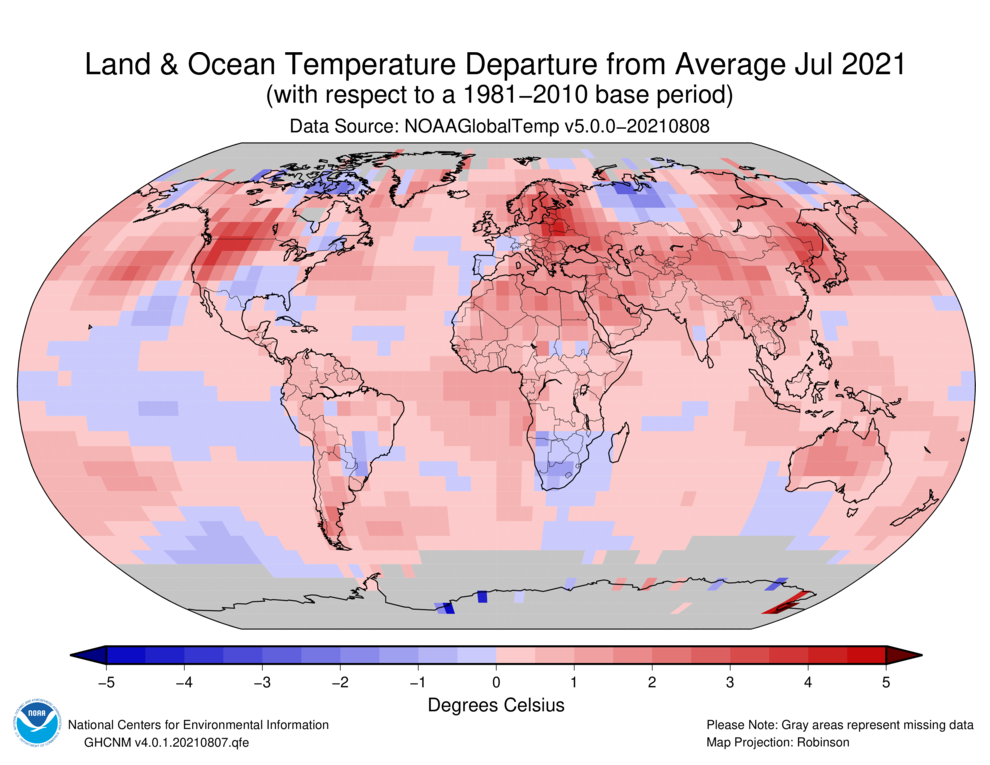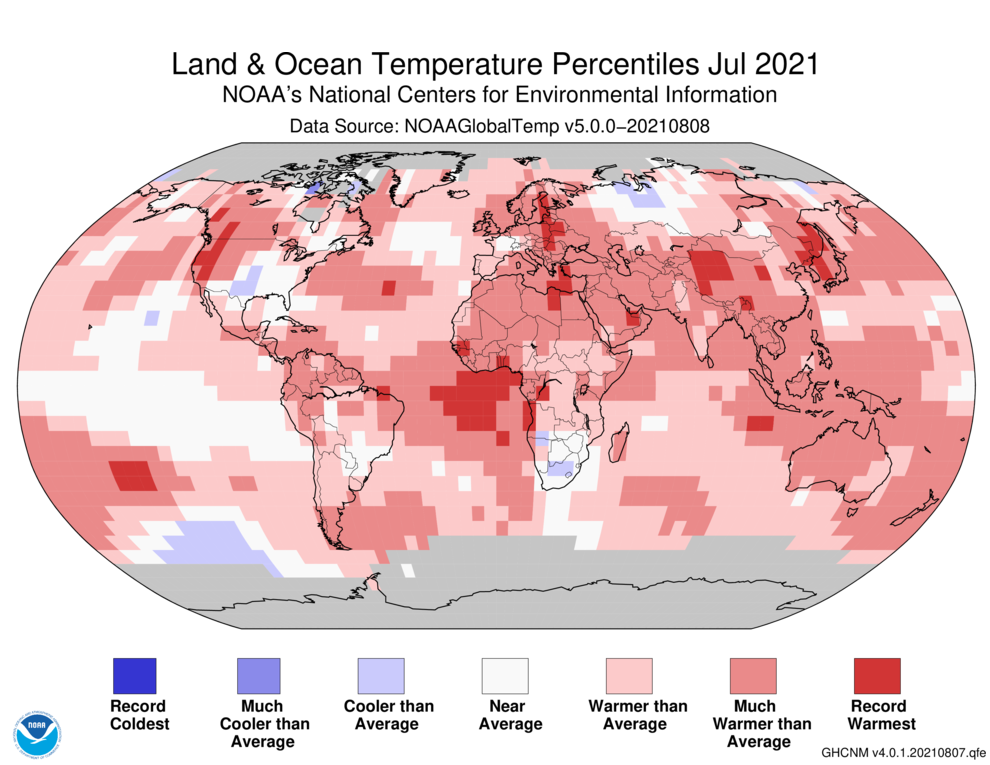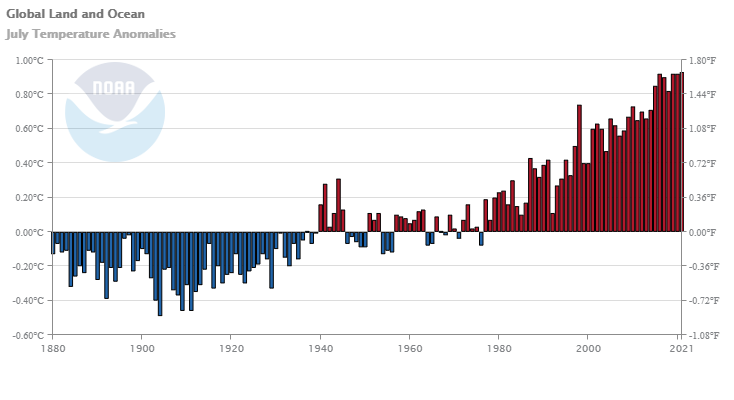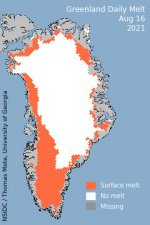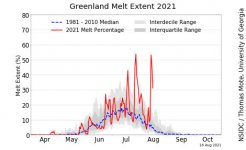St. Phatty
Active member
Seen numerous articles calling this a "once in a millenium" event, and they even cite some statistics to document it.
BUT, look what happened in Europe in 2003. Heat wave took them by surprise, thousands died ... no AC.
https://en.wikipedia.org/wiki/2003_European_heat_wave
Anyway, outdoor morning temps dropped to about 65 so I got the house to about 75.
If the morning house temp starts in the 80s - on a hot day - you are basically going to have a VHD - very hot day.
BUT, look what happened in Europe in 2003. Heat wave took them by surprise, thousands died ... no AC.
https://en.wikipedia.org/wiki/2003_European_heat_wave
Anyway, outdoor morning temps dropped to about 65 so I got the house to about 75.
If the morning house temp starts in the 80s - on a hot day - you are basically going to have a VHD - very hot day.



